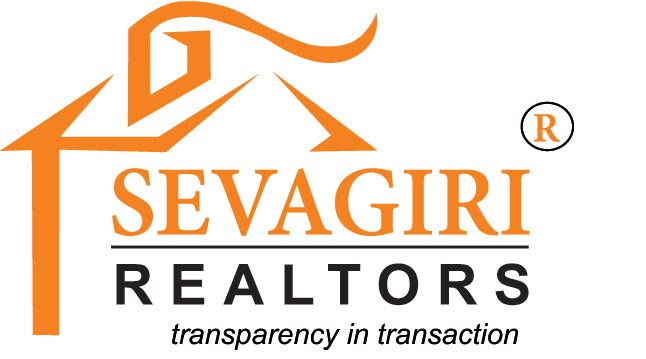The satellite city has been flourishing since its inception due to a robust growth in residential, commercial and industrial real estate.
Navi Mumbai was the brainchild of Adi Kanga, a civil engineer. With distinguished architect Charles Correa on board as the Chief Architect, ‘City and Industrial Development Corporation (CIDCO)’ initiated the development of around 16,000 hectares of land to the north-east of Mumbai. Divided into 14 nodes, Navi Mumbai has been flourishing since its inception due to a robust growth in residential, commercial and industrial real estate.
Situated at a distance of 127 kms from Pune along the Mumbai-Pune Express Highway and merely 25 kms from Mumbai, Navi Mumbai is proving to be an attractive growth location for business as well as housing sector.
The metro-city enjoys smooth connectivity through the routes of rail and road at various destinations like Panvel, Kalamboli, Kharghar and Nerul. Mumbai’s Chatrapati Shivaji International Airport is 30 kms away. With the Navi Mumbai International Airport at Ulwe, near Panvel, expected to be functional by 2020, Navi Mumbai will be the hotbed for an unprecedented growth and development. The flurry in the real estate sector has already been on the rise since the government has approved the plans for the airport and demarcated the land for proposed development under the name of Navi Mumbai Airport Influence Notified Area (NAINA). In addition, the Marina will enable travel via hovercraft from Mumbai to Navi Mumbai.
The Growth Trajectory
i) Apart from the development of the international airport, there is an addition of about 8 million sq. ft of office space to the existing 18 million sq. ft of operational office space.
ii) The south of Navi Mumbai is going to be developed as an environmentally efficient smart city in INR 34,000 crore smart city project announced by CIDCO.
iii) CIDCO-commissioned BKC II, at over 300 acres, is to come up at Kharghar. This will lead to a bustling and thriving ecosystem of jobs, business opportunities, allied service industries, all within the vicinity.
iv) The Mumbai Trans Harbour Link (MTHL), the longest sea bridge in India, of around 22 km will connect Sewri in South Mumbai to Nhava Sheva in Navi Mumbai.
Thanks to these mega projects, Navi Mumbai is now becoming a thriving commercial and industrial hub, seamlessly connected with Mumbai, the commercial capital of India and Pune, the newfound IT hub. IT contributes to more than 40% of all commercial demand and is the main growth story for India.
Real estate in Navi Mumbai is on a high-growth trajectory. One of the large commercial developments by L&T is Seawoods Grand Central Mall which is 1 million sq. ft. in size and managed by international groups like Blackstone. This draws strong comparison to large format malls in Mumbai’s Phoenix Mall in Lower Parel.
On the residential side, it has a palatable entry price point as of now and has got a plethora of options, including Navi Mumbai’s tallest and first 55 storey skyscraper in a 40-acre mega-township, by Adhiraj Constructions, located near the proposed BKC II.
SOURCE :https://www.hindustantimes.com


No comments:
Post a Comment